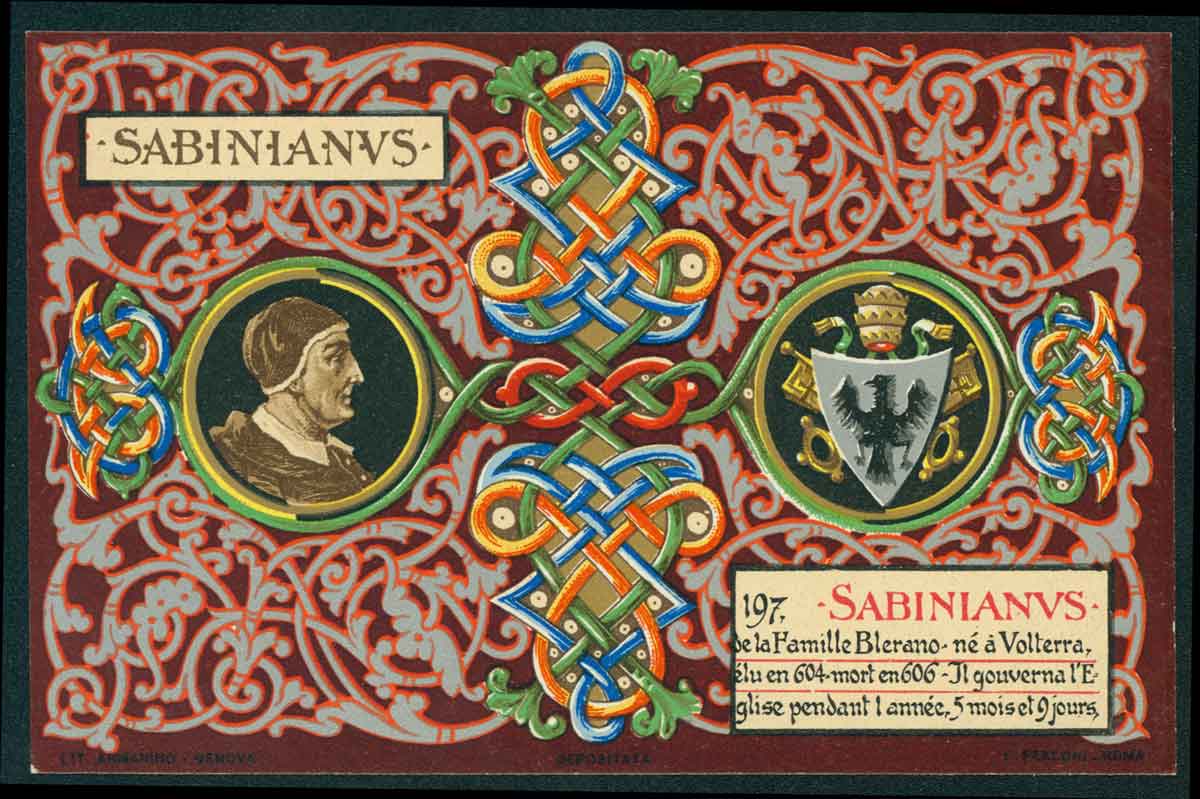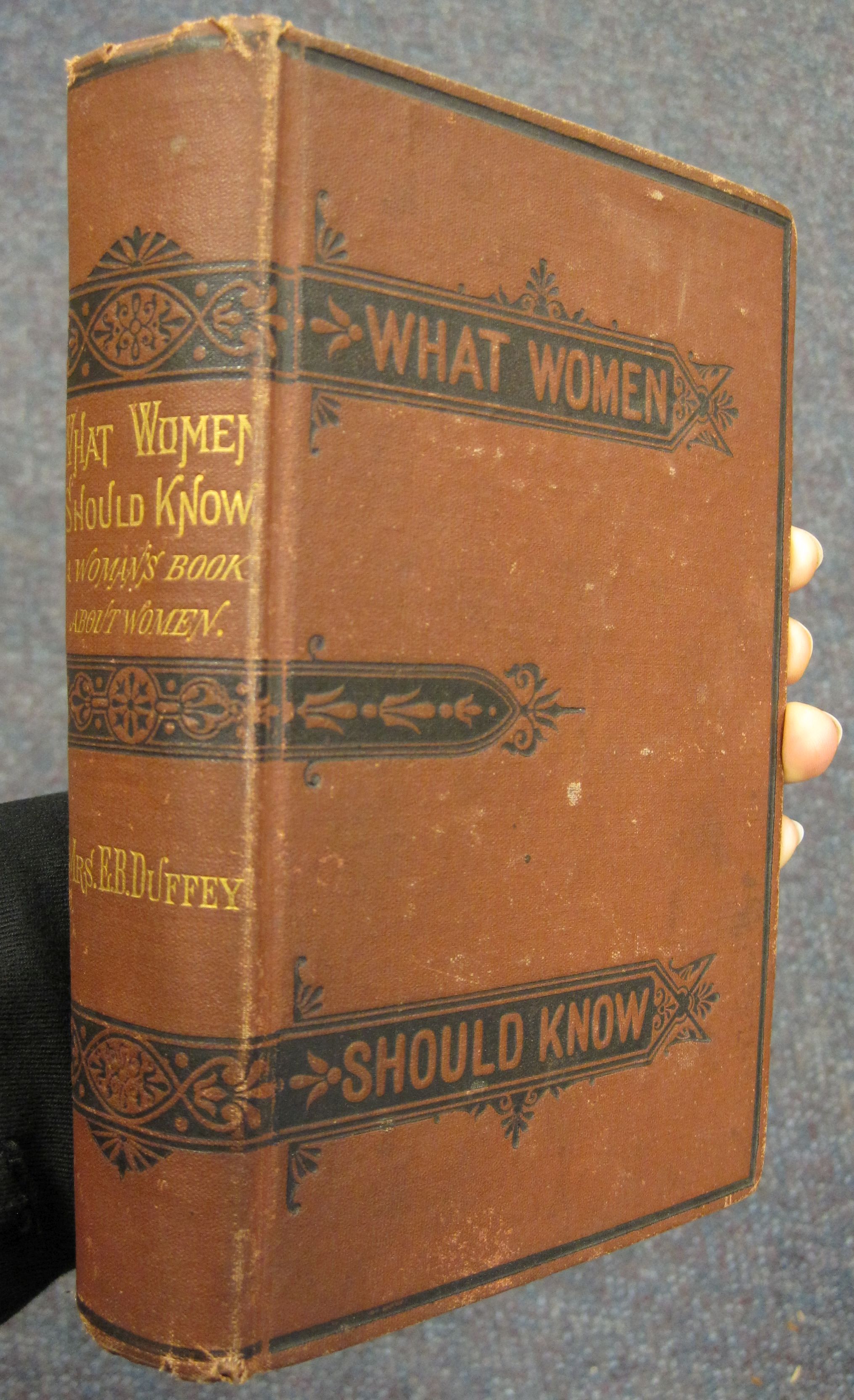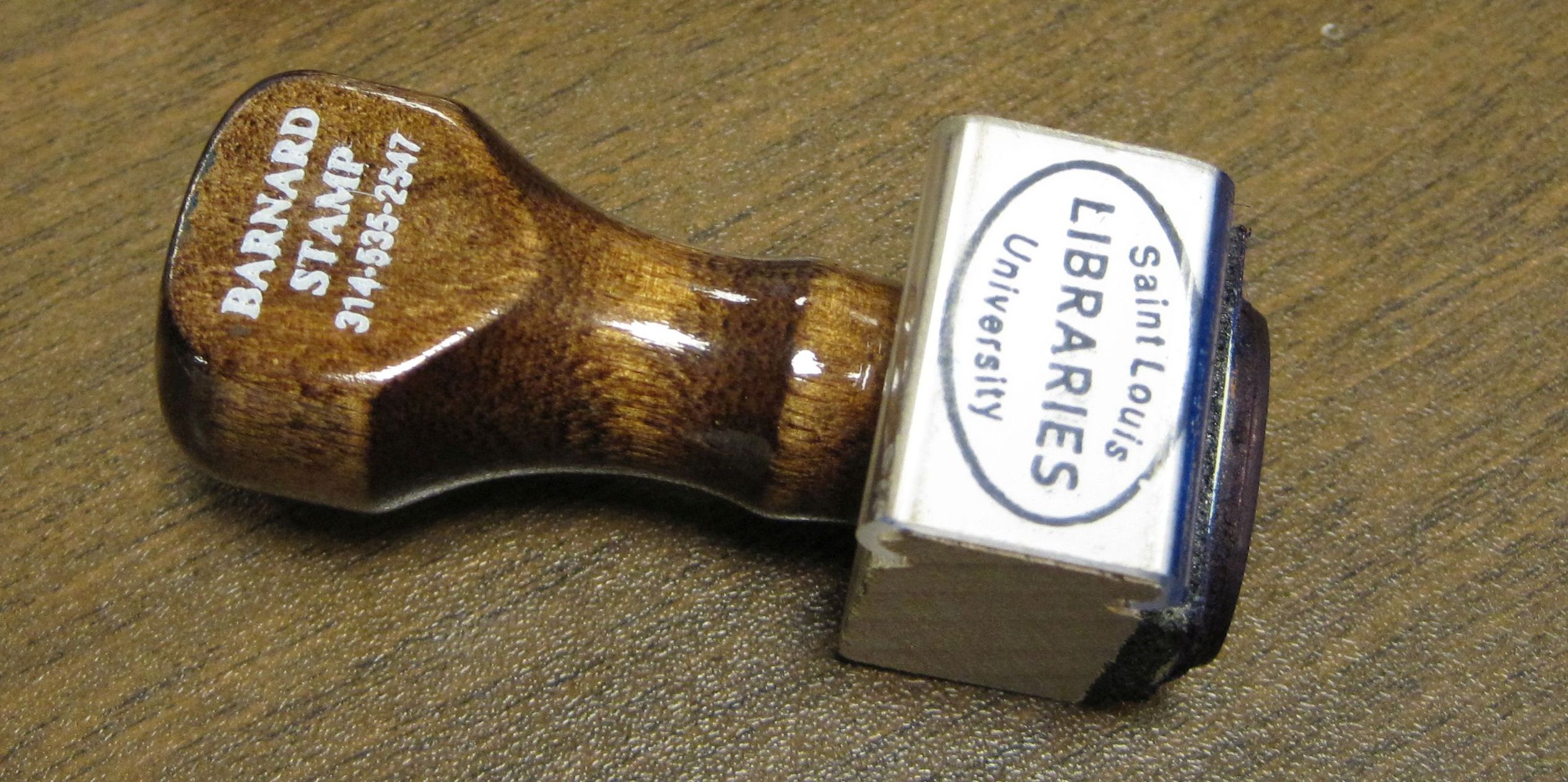With Francis, the first Jesuit pope, ensconced in Rome, what better item from our collections to highlight than this colorful set of chromolithographic postcards honoring the popes? I Sommi Pontefici Romani was issued by Litografia Armanino in 1903 in honor of Pius X and includes 264 cards, one for every bishop of Rome going back to St. Peter. Each card has a decorative border surrounding a portrait of the pope, information on his birthplace and pontificate, and either the papal seal or an emblematic illustration. Thanks to Pius Library’s Digitization Center, the full set is now available digitally through CONTENTdm.
As examples of chromolithography, these postcards are exuberant, with designs that use (by my count) up to 13 colors including gold and silver. Each color would have been printed separately from its own lithographic stone or zinc plate, requiring exact repositioning of the paper each time.
The cards are individually numbered to encourage collectors, and are artifacts of a period when collecting printed ephemera, particularly lithographic scraps, was an immensely popular middle-class pastime. People collected not only postcards, but greeting cards (including valentines and Christmas cards), album cards, religious cards, trade cards, color advertisements, and illustrated letterhead. Publishers of these scraps and the scrapbooks and albums to contain them were quick to exploit the mania for collecting. Our set of postcards comes down to us complete in a maroon leatherette album stamped in black and gold — whether purchased by an individual complete, or painstakingly collected one card at a time, we may never know.
This set finds its roots in two genres: picture postcards and religious cards. Picture postcards as souvenirs began circulating through the mail in Europe in the 1870s and multiplied in the 1880s. Images of the newly built Eiffel Tower fueled the genre in 1889-90, and by the turn of the century, picture postcards had entered a golden age; many never even went through the mail before being collected. Religious cards could contain a variety of content, including greetings, prayers, moral lessons, or illustrations from the scriptures. In general, the styles of religious cards followed those of the greeting card industry at large, with one recognizable exception: silver blocking on a maroon background was exclusively used for religious subjects. It is interesting to see that some of the pope cards make use of this color scheme.

 by
by 






HI Jennifer,
I have this exact postcard book of I Sommi Pontefici Romani as shown in the digitized photos. I acquired it from my grandfather who was a metal worker from Italy that did some work for the Vatican. Is this book valuable? Can you get me some additional information if its collectable and/or where I can get is appraised? The book and post cards are in excellent condition. Any assistance you can provide would be greatly appricated.
Thanks
Hi Greg,
Thanks for your comment. You can get your album professionally appraised by a member of the Antiquarian Booksellers’ Association of America (check the membership directory at http://www.abaa.org to find a dealer located near you). Or, you can look around at internet listings. Keep in mind that the price you see on any unsold item online may not be reflective of actual market value — it is just an expression of the seller’s hopefulness.
I see one copy of the album listed on AbeBooks.com at $1,500, but have seen it listed on eBay in the past for less. eBay has a feature that allows you to view completed listings, which will give you an idea of what people are willing to pay. The interesting provenance of your album is an advantage, as is its condition and completeness. It would be a shame to break it up to sell the individual cards. If you want to part with it, you will find a buyer eventually, but it’s hard to predict at what price. I hope this helps.
Best,
Jennifer